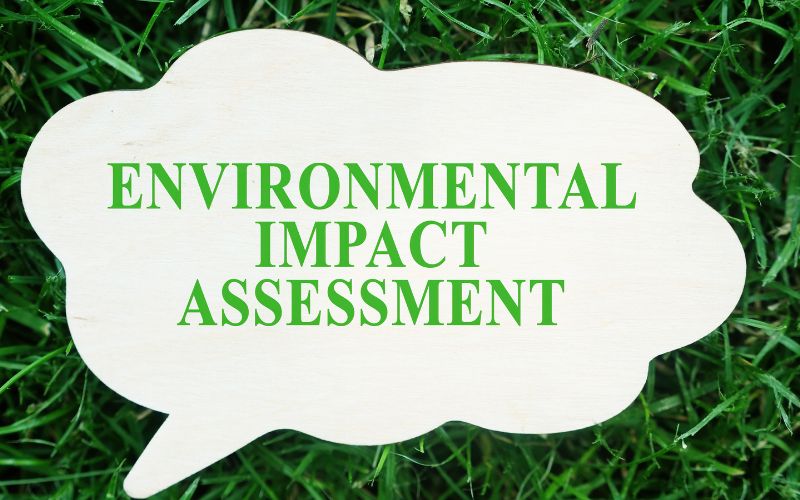“We have considered every aspect of the environment and the smallest issue with utmost care in the design of the plant, keeping the surroundings and people’s well-being in mind.” Nagaraj NB, Vice President, Integrated Steel Project of BSPL
Baldota Group has released the findings of its Environmental Impact Assessment (EIA) study conducted at the design stage of its ambitious ₹54,000 crore integrated steel plant in Koppal, Karnataka. The company had proactively commissioned the study through Pollution & Ecology Control Services, Nagpur, to assess and mitigate potential ecological impacts transparently. Phase 1 of the project, with an installed capacity of 3.5 million tonnes per annum (MTPA), has been carefully conceptualized to align with India’s decarbonisation agenda and the ‘Make in India’ industrial vision—contributing toward the national target of producing 300 million tonnes of steel sustainably.
While the company holds all the requisite licences for environmental clearance from the Ministry of Environment, Forest and Climate Change (MoEF&CC) Expert Appraisal Committee (EAC), sections of civil society have raised concerns regarding the project’s ecological impact. Therefore, the company was prompted to proactively release the study findings. The findings of the EIA affirm that the project has sustainability embedded into its very design.
The plant incorporates state-of-the-art pollution control technologies to maintain air emissions and noise levels well within the norms stipulated by the Karnataka State Pollution Control Board (KSPCB) and Central Pollution Control Board (CPCB). The maximum permissible particulate emission has been limited to 50 mg/Nm³. Water requirements are estimated at 4,170 m³/h, which will be sourced sustainably from the Tungabhadra Reservoir, while wastewater will be treated through septic tanks and soak pits. Notably, the plant also includes provisions for 295 MW of captive power generation from waste gases and fuels, ensuring maximum resource utilisation and minimal waste.
The project is being developed over 900 acres of land already possessed by AARESS IRON & Steel Limited (AISL), with the remainder in advanced stages of acquisition. Noise level assessments across eight stations in the buffer zone reported a range of 38.0–55.5 dB(A), with peak levels during daylight hours in line with operational expectations. Solid and hazardous waste management, air and water pollution mitigation, and biodiversity preservation measures have all been built into a robust Environmental Management Plan. A ₹45 crore—0.25% of the project cost—has been earmarked under the Corporate Environmental Responsibility (CER) framework.
Making a statement on the report, Nagaraj NB, Vice President, Integrated Steel Project of BSPL, said, “We have considered every aspect of the environment and the smallest issue with utmost care in the design of the plant, keeping the surroundings and people’s well-being in mind.”
Baldota Group’s project in Koppal comes at a critical time for the nation’s steel strategy. India’s steel sector is at a critical juncture, with finished steel imports surging by 20% to 8.29 million tonnes in the April-January period of this fiscal year. India needs to add 100 million tonnes of new capacity by 2030 to the existing 180 MT. This integrated steel plant aims to contribute 10% of this target with its 10.50 MT capacity.
It will be India’s 2nd largest integrated steel plant that will also generate direct employment for over 3,800 individuals and act as a catalyst for ancillary small-scale industries through strong input-output linkages. The “bubble effect” from such industrialisation will stimulate local entrepreneurship, skill development, and regional infrastructure. The plant is designed to produce a diversified portfolio of high-grade steel products to cater to evolving domestic and export market needs. This contributes to India’s goal of expanding its steel capacity to 300 MTPA by 2030.

